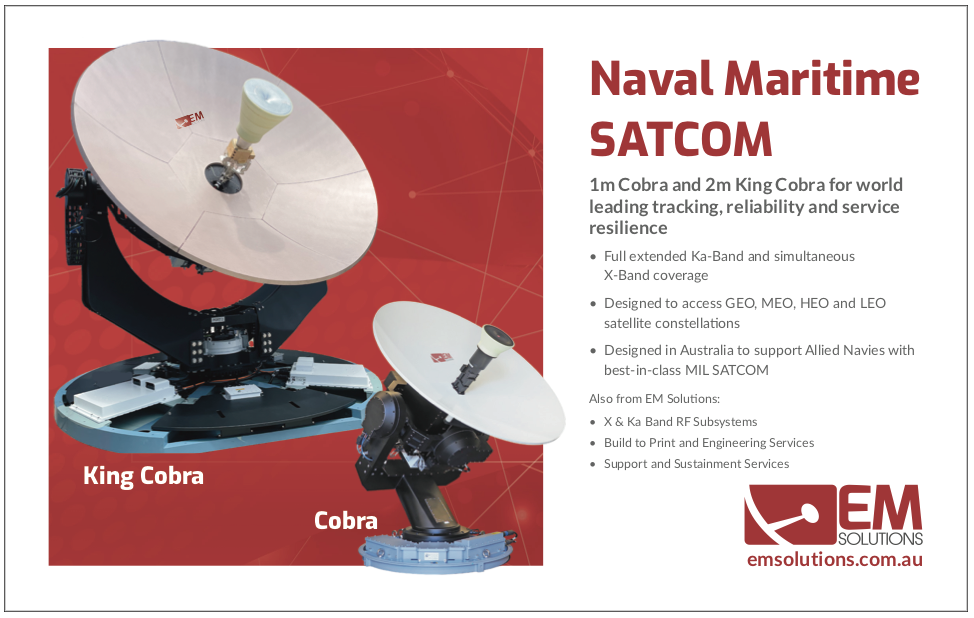SES Government Solutions’ new name, SES Space & Defense, is geared toward U.S. government + DoD space and defense needs
SES’ $450 million acquisition of DRS Global Enterprise Solutions to double U.S. Government (USG) business SES Government Solutions (SES GS), a wholly-owned subsidiary of SES, will start operating under the new name SES Space & Defense, effective immediately.
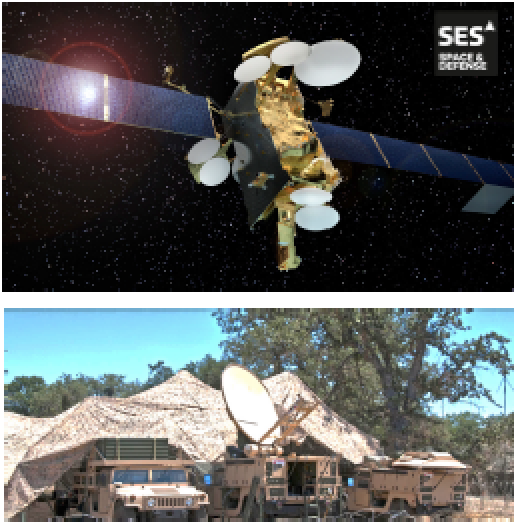
The name change comes after combining SES Government Solutions with the company’s recent acquisition of DRS Global Enterprise Solutions (DRS GES).
The SES Space & Defense brand reflects the organization’s new positioning and expanded offering serving the needs of the U.S. Government customers.
The Mission
The renamed company will provide mission assurance to U.S. Government customers with resilient, low-latency satellite communications (SATCOM), hosted payloads as well as a broad range of effective end-to-end solutions.
Over the past four months, SES Space & Defense saw the appointment of its new leadership team, as well as the integration of capabilities that reflect the newly combined organization and differentiated value proposition.
The company is focused on building, managing and supporting the most advanced satellite network solutions for the U.S. Government and Department of Defense (DoD).
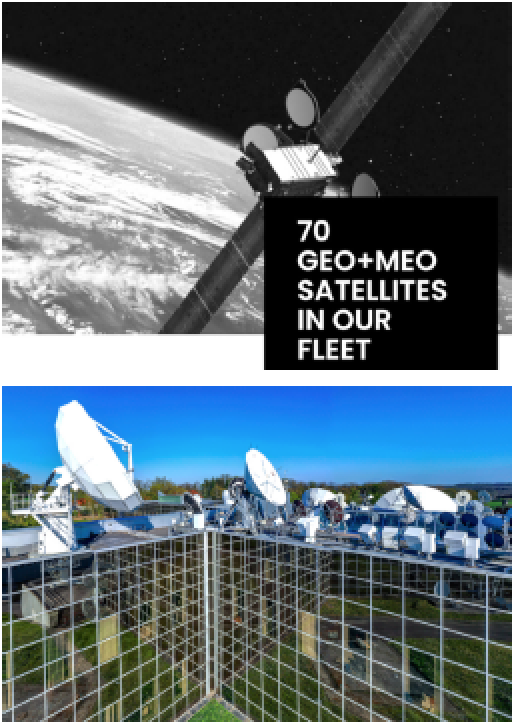
SES Space & Defense has been restructured to serve customers across two integral markets — space and defense — by creating two business units, Space Initiatives and Defense Networks, to provide best-in-class satellite network solutions.
• The Space Initiatives unit targets fleet-centric projects leveraging SES’s global, multi-orbit, satellite fleet, infrastructure, and assets.
• The Defense Networks unit is centered on multi-operator managed services and end-to-end, mission-critical communications.
SES Space & Defense’s customers will benefit from new integration capabilities with the addition of the Information & Communications Technology (ICT) Ecosystem and ICT Portal, which provides a single pane, glass view into network performance, as well as essential tools in cybersecurity.
“This is a major milestone for us, and more importantly for our U.S. DoD customers,” said SES Space & Defense President and CEO, David Fields. “In August, we consolidated two best-in-class organizations focused on the U.S. Government satellite communications needs, and we remain fully committed to providing innovative world-class space solutions to our most tactical customers. With SES Space & Defense as our new name, we would like our strategic vision and focus to come through brightly.”
https://sessd.com/
Kratos receives million$$ in initial funding for C5ISR production program
Kratos Defense & Security Solutions, Inc. (Nasdaq: KTOS) has received an initial $30 million in funding on a potential $250 million Command, Control, Communication, Computing, Combat System Intelligence, Surveillance and Reconnaissance (C5ISR) program.

This new contract is single award to Kratos, a technology company in the National Security market and a leading provider of systems, subsystems, components and solutions for mission critical programs, including in the unmanned aerial drone, hypersonic, space, satellite communication, propulsion system, cyber warfare and microwave electronic areas.
Work under this new program award will be performed at secure Kratos engineering and manufacturing facilities.
Due to competitive, security and other considerations, no additional information will be provided related to this program award.
Yonah Adelman, President of Kratos Microwave Electronic Division (KMED), said, “Our entire division has been working for an extended period to be successful on this competitive new program opportunity, now the largest single program award in KMED’s history.”
Eric DeMarco, President and CEO of Kratos, said, “Yonah and his team’s success on this new, mission critical, National Security related program opportunity is representative of Kratos’ successful strategy of providing leading edge disruptive technology products and systems to our customers at an affordable cost.”
www.kratosdefense.com
ThinKom + Inmarsat Government to deliver high- bandwidth SATCOM for DoD
ThinKom Solutions, Inc. and Inmarsat Government have collaborated to deliver more efficient and reliable satellite communications (SATCOM) for tactical operations.
The pair will combine ThinKom’s ThinAir® Ka2517 antenna with Inmarsat Government’s G-MODMAN II and G-MODMAN Open Platform (OP) modem managers to support Department of Defense connectivity around the globe.
The solution enables the vision of Advanced Battle Management System contribution to Joint All Domain Command and Control (JADC2) operations. This unique combination delivers on many facets of the U.S. Government’s tactical edge efforts.
By enabling cloud-based computing, seamless data sharing, intelligent operations, or autonomous use cases, the innovative solution reduces decision- making timelines for intelligent assets supporting troops in the field.
This configuration is the first of its kind to cover the full Ka-band frequency range in one terminal, providing greater access to current and future satellite constellations and associated services, while significantly lowering the physical profile on the airborne platform. It significantly reduces aircraft downtime and component swap requirements previously required for different mission deployments. The combined technologies bring several additional operational efficiencies to the market, including:
• Agility to interoperate seamlessly with satellites in geostationary and non- geostationary orbits, ensuring worldwide connectivity meeting the JADC2 requirements for multi-orbit, multi-constellation operations.
• Improved satellite switching capabilities to ensure uninterrupted connectivity while maintaining network security for all U.S. Government applications.
• Reduced drag, thanks to the ThinAir Ka2517 low-profile radome, resulting in lower fuel consumption and longer time on station, without refueling,
• Flexibility to work on the broadest possible range of aircraft sizes and configurations.
The fully type-approved quad-band version of the ThinAir Ka2517 SATCOM aero terminal can operate on Inmarsat’s Global Xpress (GX) worldwide satellite network. This includes seamless switching on the GX commercial network’s global service beams and Inmarsat’s high-capacity, global military Ka-band network’s steerable beams, plus the capability to connect to the U.S. Government’s Wideband Global SATCOM system (WGS).
This flexibility and interoperability provide Inmarsat Government’s customers with always-on availability, capacity, coverage and capability for a wide range of mission profiles.

ThinKom ThinAir® Ka2517 phased array
Additionally, the ThinAir Ka2517 antenna and G-MODMAN II combination deliver a future-proof solution for government customers. The offering is compatible with the Ka-band satellites in orbit today, as well as Inmarsat’s fully funded technology roadmap.
To meet increasingly complex SATCOM capability and throughput demands, Inmarsat will launch a further six satellites by 2025 and significantly expand its ground network to support them. This includes additional capacity, coverage for both commercial and military Ka-band capabilities worldwide, as well as two highly elliptical orbit satellite payloads for Arctic coverage.
The Ka2517 is based on ThinKom’s field-proven, patented VICTS phased- array technology. VICTS antennas have an unparalleled record of reliability with installations on over
1,550 commercial aircraft with over 31 million hours of accrued flight time and a mean-time-between-failure exceeding 100,000 hours. Ka2517 antennas have been providing continuous service on U.S. government aircraft since 2018.
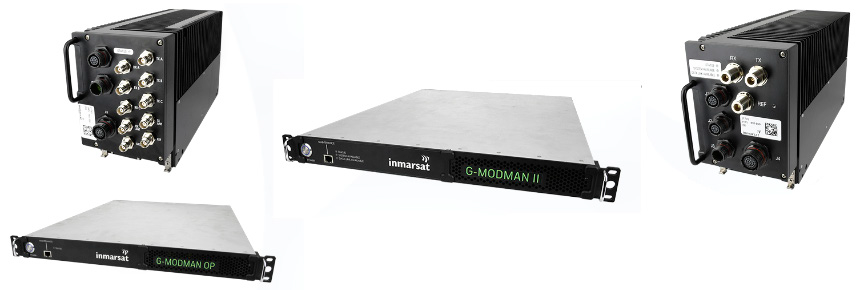 Inmarsat’s G-MODMAN product family
Inmarsat’s G-MODMAN product family
The G-MODMAN II modem manager is a flexible, easy-to-use solution that seamlessly integrates with the ThinAir Ka2517 and provides the enabling Inmarsat’s G-MODMAN product family technology to support the implementation of the current and future generation of GX services across aviation platforms.
G-MODMAN II builds on Inmarsat’s robust monitoring system and includes high-fidelity monitoring and logging features, allowing easy access to mission- critical data and enabling highly detailed performance and trend analysis that leverages advanced Machine Learning and Artificial Intelligence (ML / AI) techniques.
“Delivering efficient connectivity to our government users around the globe is of paramount importance to ThinKom,” said Bill Milroy, CTO and chairman of ThinKom Solutions. “We’re proud to work with Inmarsat Government to combine ThinKom’s highly reliable and efficient Variable Inclination Continuous Transverse Stub (VICTS) phased-array antenna into a communications package that delivers every time and everywhere.”
Matt Wissler, Chief Technology Officer, Inmarsat Government said, “Integrating the spectral efficiency of the ThinAir Ka2517 with Inmarsat Government’s G-MODMAN II modem manager delivers a powerful, turnkey solution for our government customers. Our efforts with ThinKom will result in substantially improved satellite communications resiliency while improving airborne platform range through reduced aircraft drag leading to lower fuel consumption.”
Raytheon Intelligence & Space developing a common tactical edge network for the USAF’s advanced Battle Management System
Raytheon Intelligence & Space, a Raytheon Technologies business, has been selected to develop a Common Tactical Edge Network, or CTEN, in support of the U.S. Air Force’s Advanced Battle Management System. RI&S is one of nine companies selected to demonstrate portions of the network.
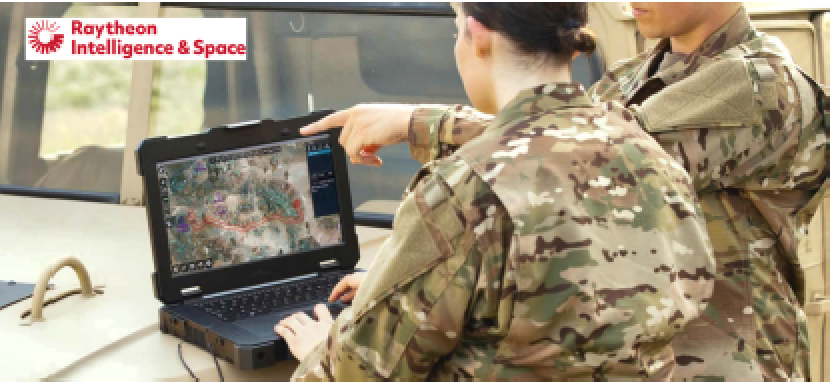
CTEN will provide edge networking to help operators enable distributable battle management command and control in highly contested environments to support Joint All- Domain Command and Control.
Raytheon Intelligence & Space will build upon advanced networking products previously developed, to demonstrate an architecture that enables aerial network interoperability. To supportnthis development, RI&S will expand its expertise in model-based systems engineering and DevSecOps as the basis for the design to support this development.
CTEN is RI&S’ latest milestone to advance the Air Force’s alignment with the DOD’s JADC2 vision. Raytheon Technologies was recently selected as an industry partner for the U.S. Air Force ABMS Digital Infrastructure Consortium.
Raytheon Technologies is contributing its multi-domain footprint of capabilities in space systems, resilient communications, sensors, effectors, secure processing, artificial intelligence, machine learning and mission software to the DOD JADC2 architecture.
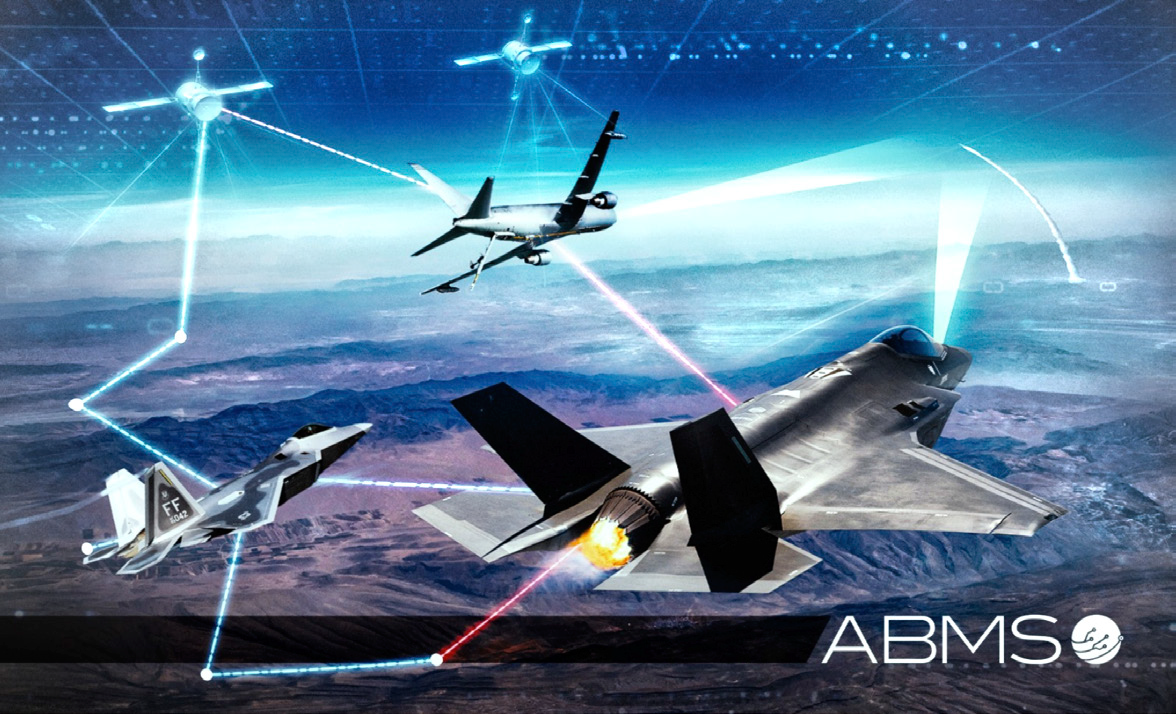
Raytheon Intelligence & Space work will be completed out of the Air Force Life Cycle Management Center, Aerial Networks Division at Hanscom Air Force Base, Massachusetts. The selected companies will demonstrate their solutions in the fourth quarter 2022.
“We have a rich history of creating resilient, collaborative and secure networks,” said Paul Meyer, president, Department 22 at RI&S. “This enables us to put forward a solution ready to meet the U.S. Air Force’s need for an interoperable and integrated convergence layer.”
“At Raytheon BBN, we’ve been advancing state-of-the-art wireless communications systems since the 1970s,” said Jason Redi, Raytheon BBN president. “Today, we have focused investments in creating networked communications that span every domain from underwater to outer space. We are ensuring these new advancements provide our customers critical advantages faster, as they layer secure communications across multiple platforms in joint, all-domain, distributed, disrupted, disconnected and denied environments.”
www.raytheonintelligenceandspace.com
L3Harris awarded a potential million$$$ contract in support of Enhanced Battlespace ISR
The U.S. Army Communications-Electronics Command has awarded L3Harris Technologies a contract worth as much as $886 million to support intelligence, surveillance and reconnaissance (ISR) capabilities for the U.S. Army, Department of Defense and the intelligence community.
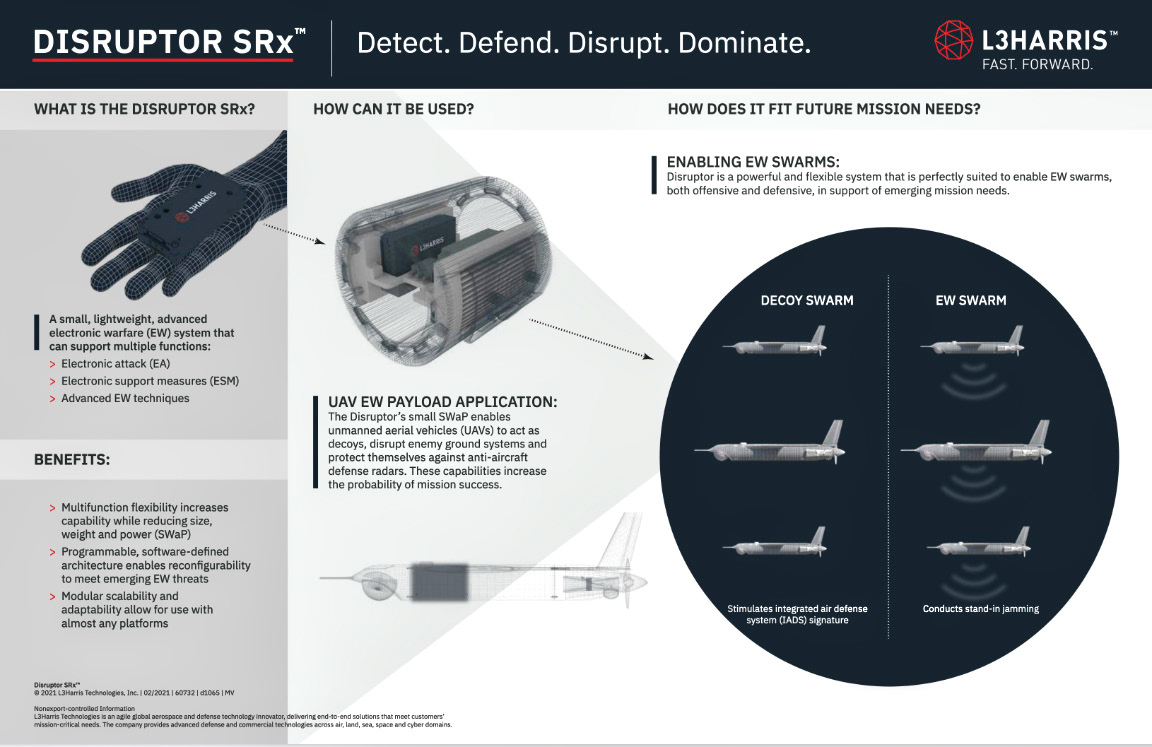
The indefinite delivery, indefinite quantity (IDIQ) contract includes a five-year base award with five one- year follow-on options to provide datalink architecture, network design enhancements for aerial and ground- based communications, and lifecycle management support.
Applying its Trusted Disruptor approach, L3Harris continues to evolve its ISR and resilient communication solutions that helps inform prudent planning and timely decision making, with innovative multi-beam, active electronically scanned array techniques, multi- constellation orbit data transports for aerial and ground systems, and protected datalink and smart network exploitation capabilities.
“These links will deliver resilient, fast and discreet multi-domain communications across the globe,” said Brendan O’Connell, President, Broadband Communications Systems, L3Harris. “As a provider of Army aerial ISR, ground line-of-sight and satellite communications terminal solutions for over 40 years, we look forward to continuing to build on this legacy of providing timely, relevant solutions that meet the expanding needs of our customers.”

L3Harris Technologies is an agile global aerospace and defense technology innovator, delivering end- to-end solutions that meet customers’ mission-critical needs. The company provides advanced defense and commercial technologies across space, air, land, sea and cyber domains. L3Harris has approximately $17 billion in annual revenue and 47,000 employees, with customers in more employees, with customers in mor than 100 countries. L3Harris.com.
Report reveals rising government space defense spending
The new 2022 edition of Euroconsult’s “Government Space Programs” report provides detailed insight into rising government space budgets in civilian and defense applications for the decade ahead, highlighting spending patterns and specific areas of investment from nations around the globe.

Euroconsult has released the 22nd edition of its annual “ revealing a continued increase in global governments’ space budgets. This year has seen a cumulative spend of $103 billion in 2022, a 9% increase since last year and a record
high for the sector. Despite the recent pandemic crisis, governments have increased their investments in the sector to further support the development of their industry and sustain their ambitions.
This growth is notably significant in the defense area, reaching 16% in 2022 and topping a new record at $48 billion. Current geopolitical tensions have confirmed space as a strategic operational theater for hybrid warfare tactics, pushing governments to sustain their investments in ‘traditional’ space applications such as Telecommunications, Navigation and Earth Observation (EO) , but also more prominently in Space Security & Early Warning systems to further protect their space assets.
On the civil side, government expenditures are increasingly driven by Human Spaceflight missions, which now attract more and more new entrants encouraged by the socio-economic benefits and prestige brought by these programs.
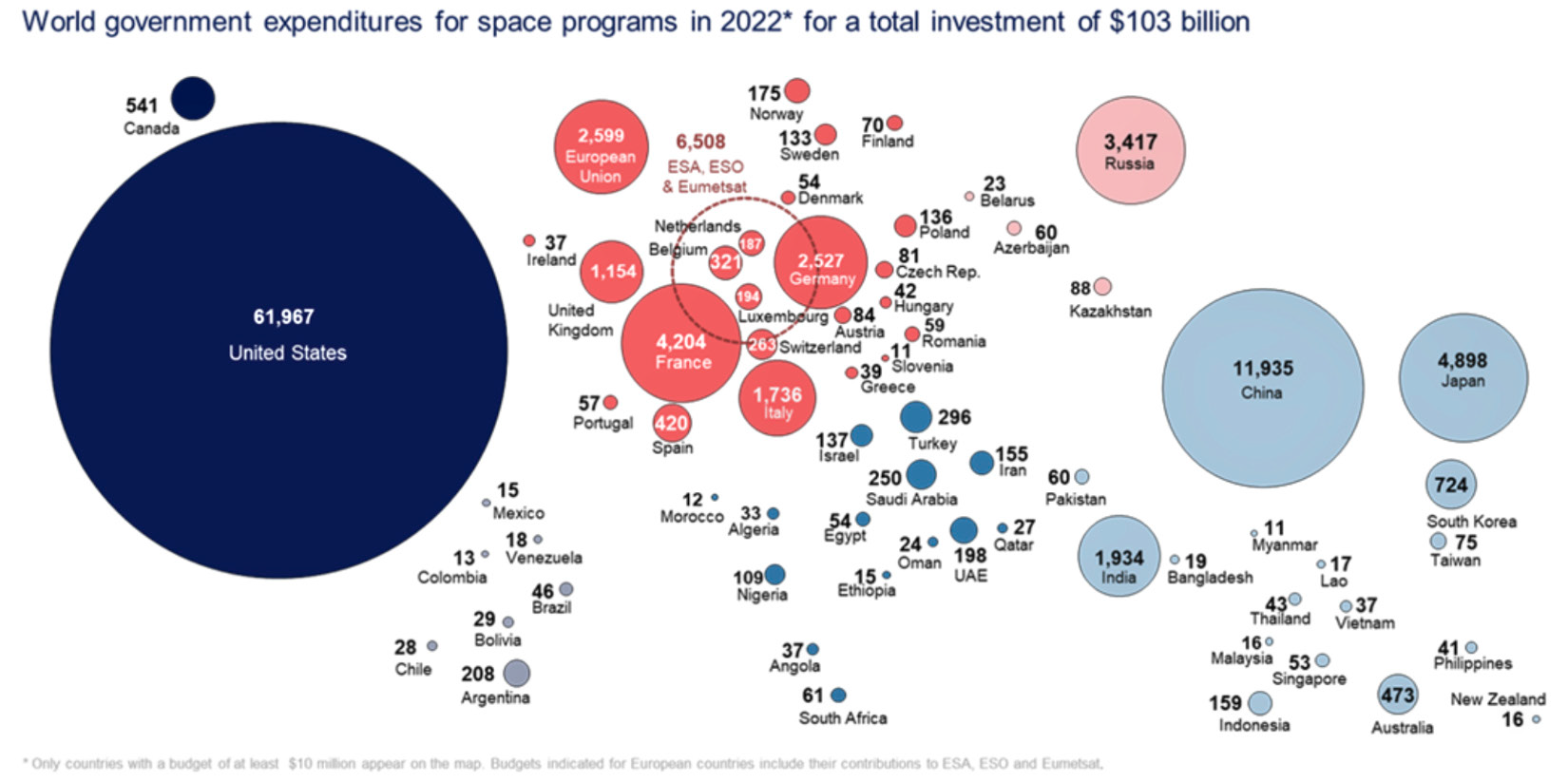
While civil expenditures have historically always been higher than defense spendings, the gap between the two continues to decrease and is expected to reach 50/50 parity by 2031, according to Euroconsult’s projections.
In terms of national rankings, the U.S. remains, by far, the largest investor worldwide. However, its share of global spending has been reduced, from 76% in 2000 to 60% in
2022 as more and more countries join the sector. This year, Euroconsult counted more than 86 countries invested in space activities. Some regions have shown a particular dynamism over the past few years, notably in the Middle East with countries as Saudi Arabia, the UAE, Qatar and Oman accelerating their development in the sector.
Charlotte Croison, Senior Consultant at Euroconsult, said, “The new edition of the Government Space Programs report confirms the growing interest of countries in the space sector, notably in the defense area where space militarization has never been stronger.”
Euroconsult’s 22nd edition of “Government Space Programs” provides a comprehensive assessment of countries and organizations investing in space. The report is available on Euroconsult’s Digital Platform, enabling customers to easily sort, compare, customize and visualize datasets of their choice. For additional details, access this direct infolink...
GA-ASI Demos Network Relay Using Laser Comms
General Atomics Aeronautical Systems (GA-ASI) completed a fully- networked demonstration using multiple Laser Communication (lasercomm) terminals.
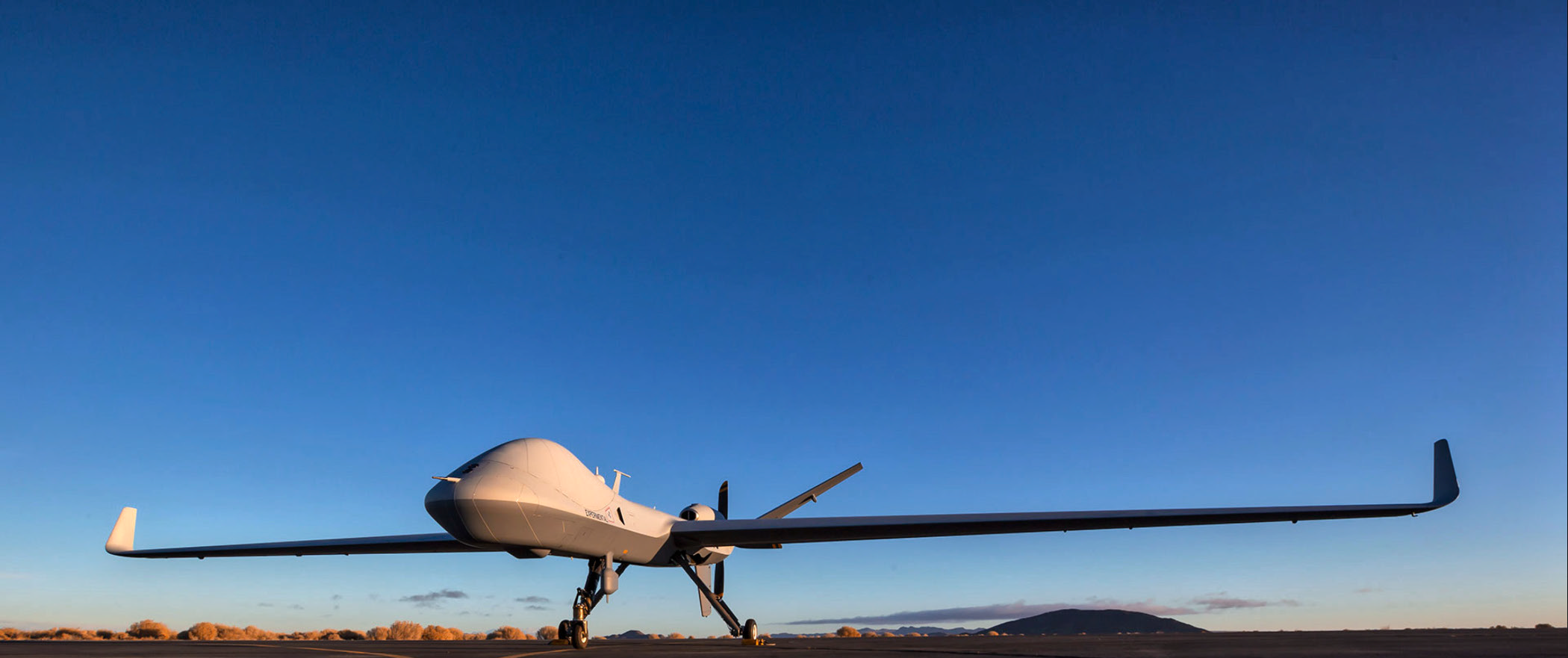
The network included ground, mobile and airborne terminals. During the demonstration, a live video and audio feed of operators at each terminal was shared in the networked communication display.
Lasercomm is in demand for military applications because of its inherent Low Probability of Intercept/Low Probability of Detection (LPI/LPD) and anti-jam characteristics, as ell as the ability to support much higher data rates (greater than 1 Gigabit per second) than traditional Radio Frequency (RF) systems.
The demonstration occurred at Naval Information Warfare Center (NIWC) Atlantic located in Charleston, South Carolina, in November of 2022, as part of a GA-ASI-funded test to highlight extended multi-point networking communications using lasercomm.
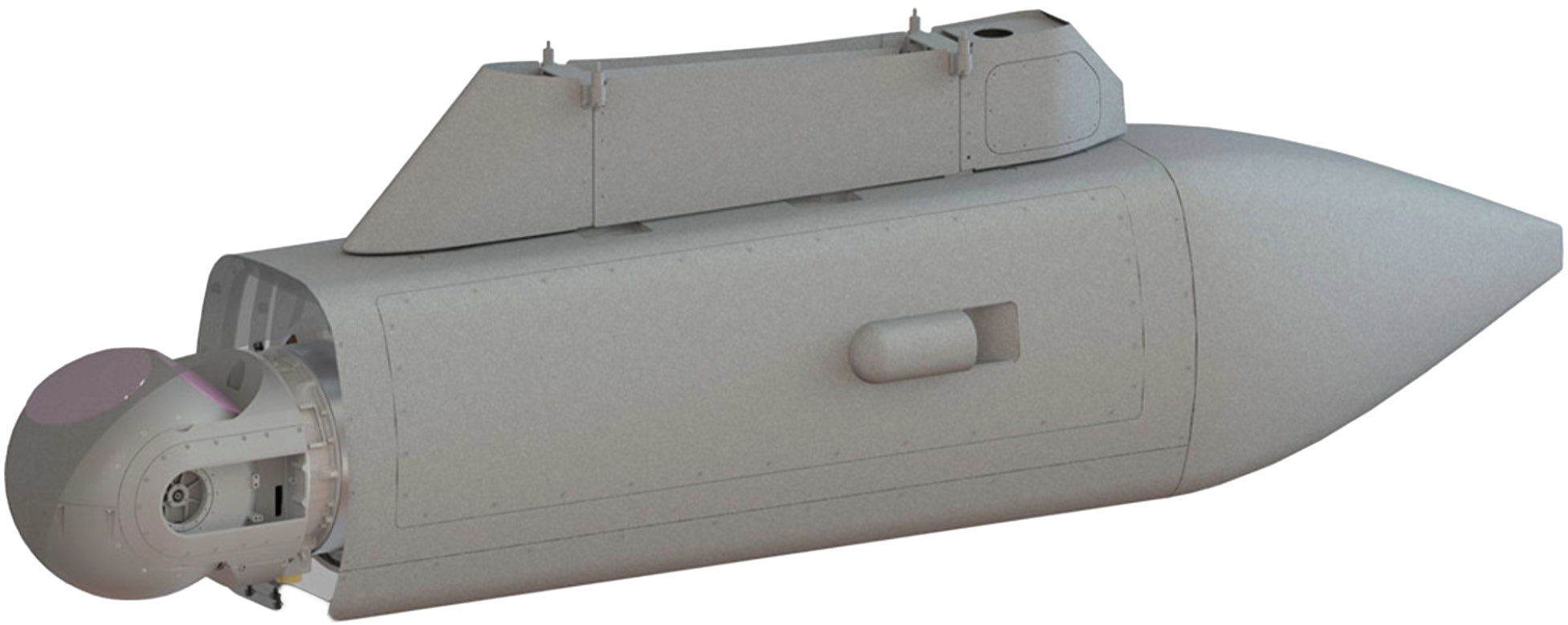
Airborne Laser Communications System (ALCoS)
During the demonstration, which was facilitated by organizers of NIWC Atlantic’s optical communications- focused Advanced Naval Technology Exercise (ANTX), the team maintained lasercomm links at 1 Gigabit per second (Gbps) and exchanged high quality video and voice data.
GA-ASI has developed a family of optical communication capabilities and is poised to play an important role in transitioning these capabilities to users in a variety of domains, from air to sea. Laser communications will enable GA-ASI’s Remotely Piloted Aircraft (RPA) to perform secure, multi- domain communications to airborne, maritime, and ground users, as well as with future satellites.
This capability can be applied as a podded or fully integrated solution to GA-ASI’s full line of unmanned aircraft, including MQ-9B SkyGuardian®/SeaGuardian®, MQ-9A Reaper and MQ-1C Gray Eagle 25M.
“This fully networked lasercomm demonstration is a major milestone for GA-ASI and a significant achievement for the lasercomm community as it featured the extended use of this technology beyond point-to-point communications,” said GA-ASI Vice President of Mission Payloads and Exploitation, Satish Krishnan. “The successful execution of this demonstration shows how lasercomm can be utilized in an operational theater to truly provide LPI/LPD high-capacity comms for the warfighter.”
www.ga-asi.com
General Atomics Aeronautical Systems, Inc. (GA-ASI), an affiliate of General Atomics, is a leading designer and manufacturer of proven, reliable Remotely Piloted Aircraft (RPA) systems, radars, and electro-optic and related mission systems, including the Predator® RPA series and the Lynx® Multi-mode Radar. With more than seven million flight hours, GA-ASI provides long-endurance, mission-capable aircraft with integrated sensor and data link systems required to deliver persistent flight that enables situational awareness and rapid strike. The company also produces a variety of ground control stations and sensor control/image analysis software, offers pilot training and support services, and develops meta-material antennas. For more information, visit www.ga-asi.com
Avenger, Lynx, Predator SeaGuardian and SkyGuardian are registered trademarks ofGeneral Atomics Aeronautical Systems, Inc.


